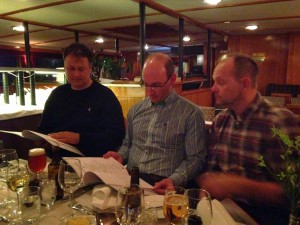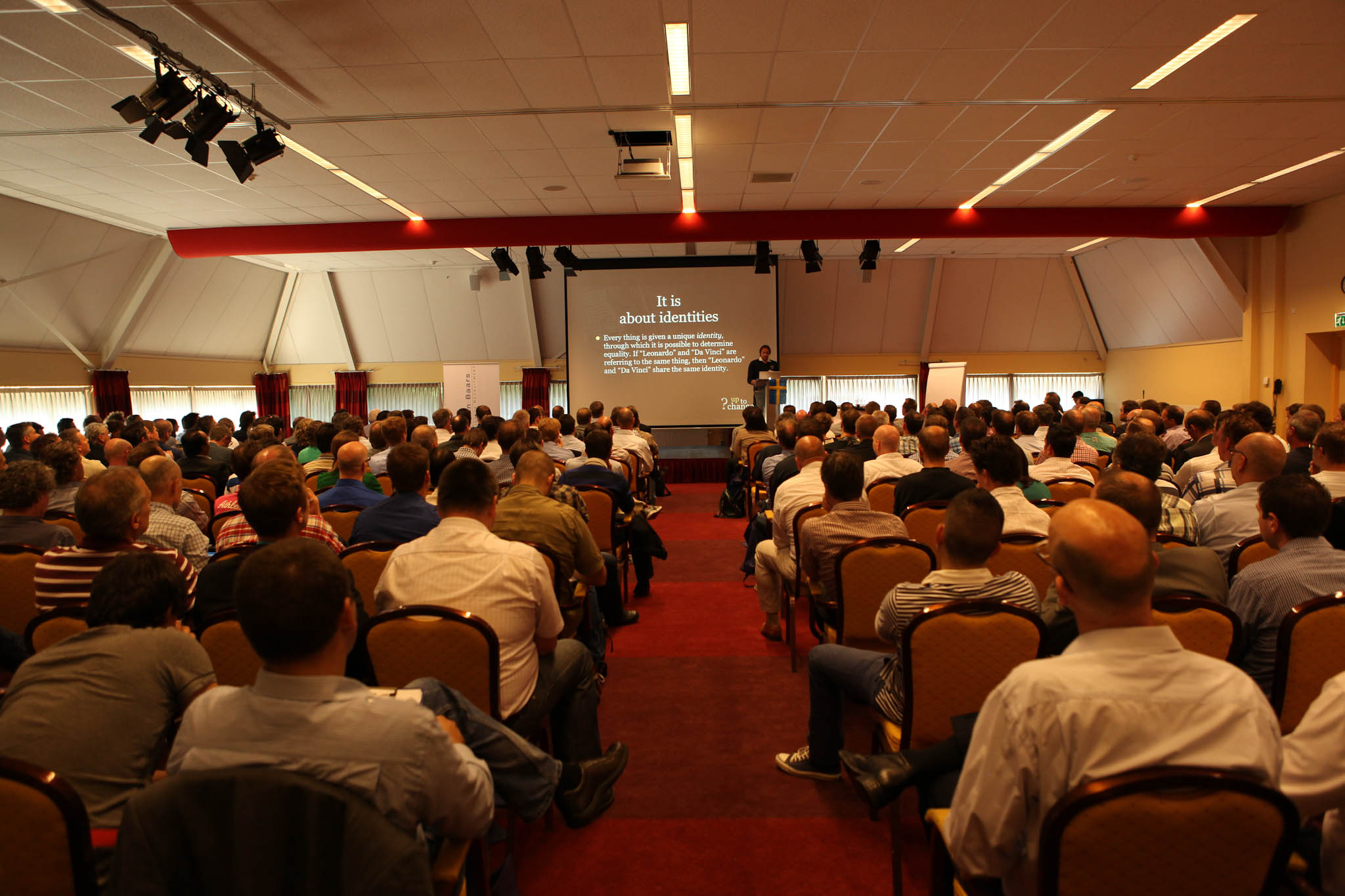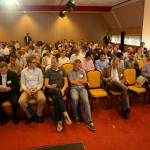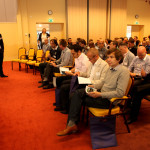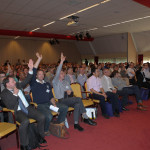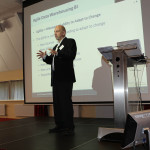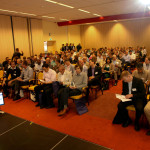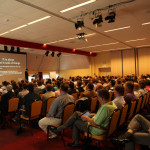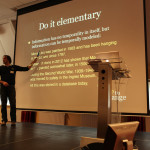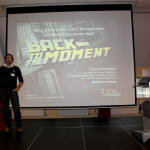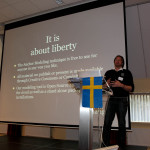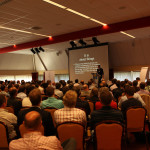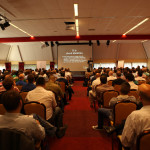We are proud to announce the first public Anchor Modeling Certification Course, to be held in Stockholm on February 5th to 7th. Please see the details below for how to sign up for the course and following certification. The course is held in central Stockholm, and we can help recommend accommodation for foreign participants.
Instructor: Lars Rönnbäck
Duration: 2 days of lectures and workshops followed by ½ day of assisted examination.
Cost: €2500 + VAT
Location: Stockholm, Sweden, hosted by UpToChange (www.uptochange.com).
Date: February 5th to 7th, 2014. There are still a few seats available, so we are extending registration until February 3rd.
Contact: sales@uptochange.com
Edit: Some have reported trouble reaching this mail address. If so, you can use lars.ronnback@anchormodeling.com or lars.ronnback@gmail.com instead.
Target Audience: Data Modelers, Enterprise Architects, Data Warehouse Architects, Business Intelligence Architects. A prerequisite for the class is to have a general familiarity with and understanding of database modeling concepts.
Certification Validity: Your certification will get a version number, specifying which version of the certification you took. A certification of a certain version is valid for life. If and when enough things have changed in Anchor Modeling to warrant a new version of the certification, the version number will be increased and people can decide if they want to recertify for the new version or not.
Course Description: The course will cover both uni-temporal (the original) and concurrent-reliance-temporal Anchor Modeling from theoretical and practical points of view, with students building their own models using our modeling tool as exercises. After the course and certification you will be equipped with the knowledge necessary to architect your own solutions using Anchor Modeling.
The course will introduce bitemporal concepts used to handle versioning and corrections of information, while retaining a complete history of such changes. The reliability of information and how such can be used to solve otherwise difficult modeling challenges is discussed, and introduced in one of the exercises. Storing concurrent and opposing views of the same information but with different origins is also handled. The course will also demonstrate how “time traveling” is possible through the use of parametrized views, making it possible to ask complex temporal questions through simple SQL, and how these queries gain excellent performance thanks to modern query optimization techniques. Other advanced topics in Anchor Modeling, such as evolving models over time, design patterns, refactoring, and management of unknown values are handled in the course.
Background: Anchor Modeling is an agile modeling technique particularly suited for data environments that change over time. It has been developed in a collaboration between the Swedish industry and the Dept. of Computer Science at Stockholm University. With close to ten years since the first implementations, along with awarded Open Source tools and scientific papers, the technique is now gaining world wide momentum. Anchor Modeling can be implemented in traditional relational databases and it is based on current research in entity relationship modeling, database normalization and temporal databases.
About the instructor: Lars Rönnbäck is one of the authors of the Anchor Modeling technique. He is working as a senior consultant at UpToChange and is a research affiliate with Stockholm University. He has been working with some of the largest companies in the Swedish insurance and retail businesses, is an avid presenter at conferences, and has more than ten years experience from the field of Business Intelligence.

